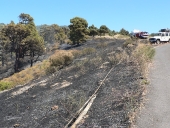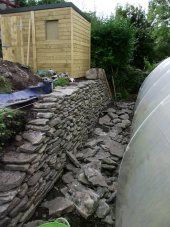




![Filename: incendio400-200.jpg
Description: [Thumbnail for incendio400-200.jpg]](/t/37474/a/18924/incendio400-200.jpg)
![Filename: incendio515-200.jpg
Description: [Thumbnail for incendio515-200.jpg]](/t/37474/a/18925/incendio515-200.jpg)
Xisca - pics! Dry subtropical Mediterranean - My project
However loud I tell it, this is never a truth, only my experience...




Dave's SKIP BB's / Welcome to Permies! / Permaculture Resources / Dave's Boot Adventures & Longview Projects


















Dave's SKIP BB's / Welcome to Permies! / Permaculture Resources / Dave's Boot Adventures & Longview Projects














 4
4
















Xisca - pics! Dry subtropical Mediterranean - My project
However loud I tell it, this is never a truth, only my experience...





List of Bryant RedHawk's Epic Soil Series Threads We love visitors, that's why we live in a secluded cabin deep in the woods. "Buzzard's Roost (Asnikiye Heca) Farm." Promoting permaculture to save our planet.




Xisca - pics! Dry subtropical Mediterranean - My project
However loud I tell it, this is never a truth, only my experience...

|
No. No. No. No. Changed my mind. Wanna come down. To see this tiny ad:
Homestead Pigs Course
https://permies.com/wiki/365748/Homestead-Pigs
|




